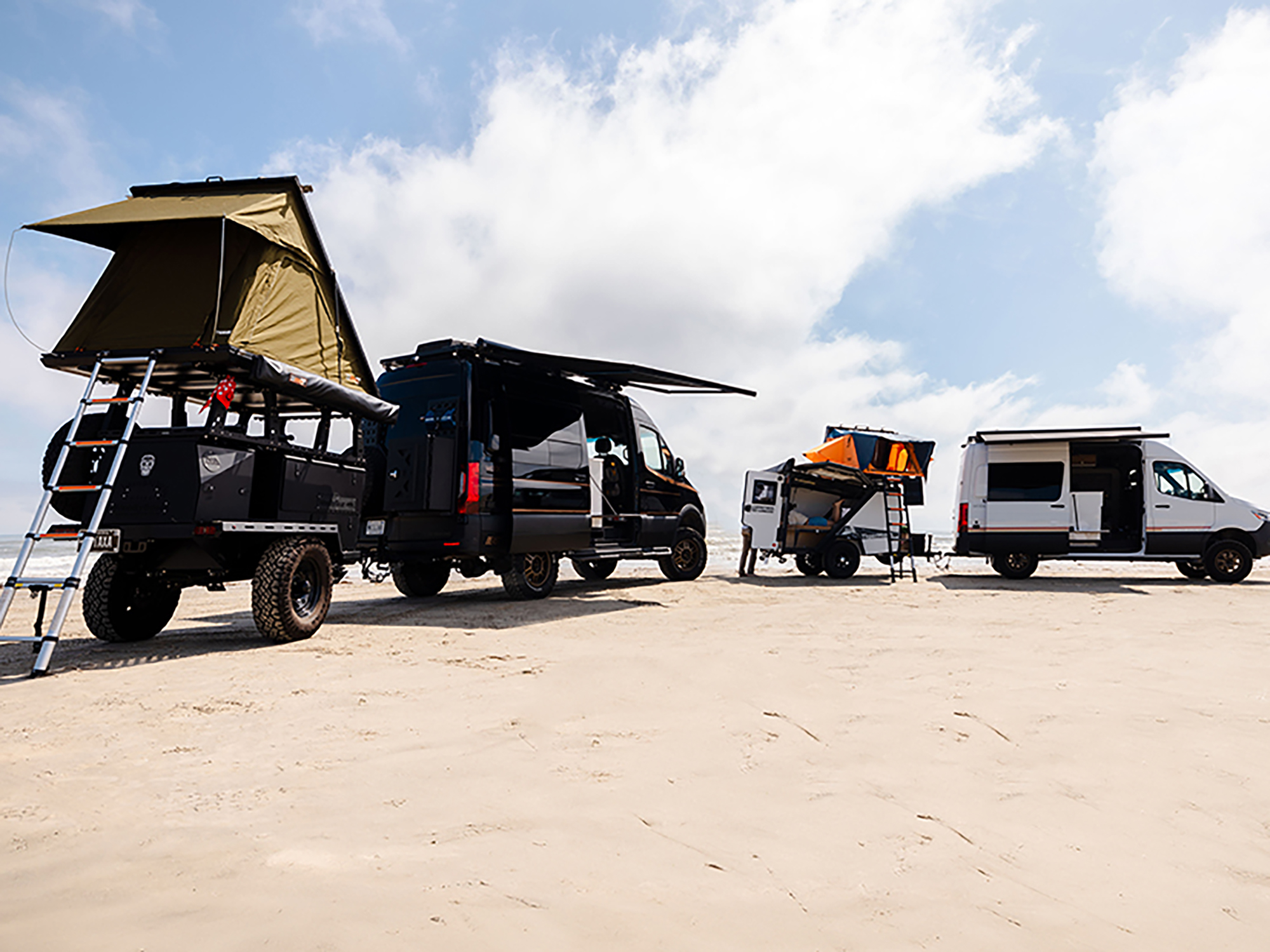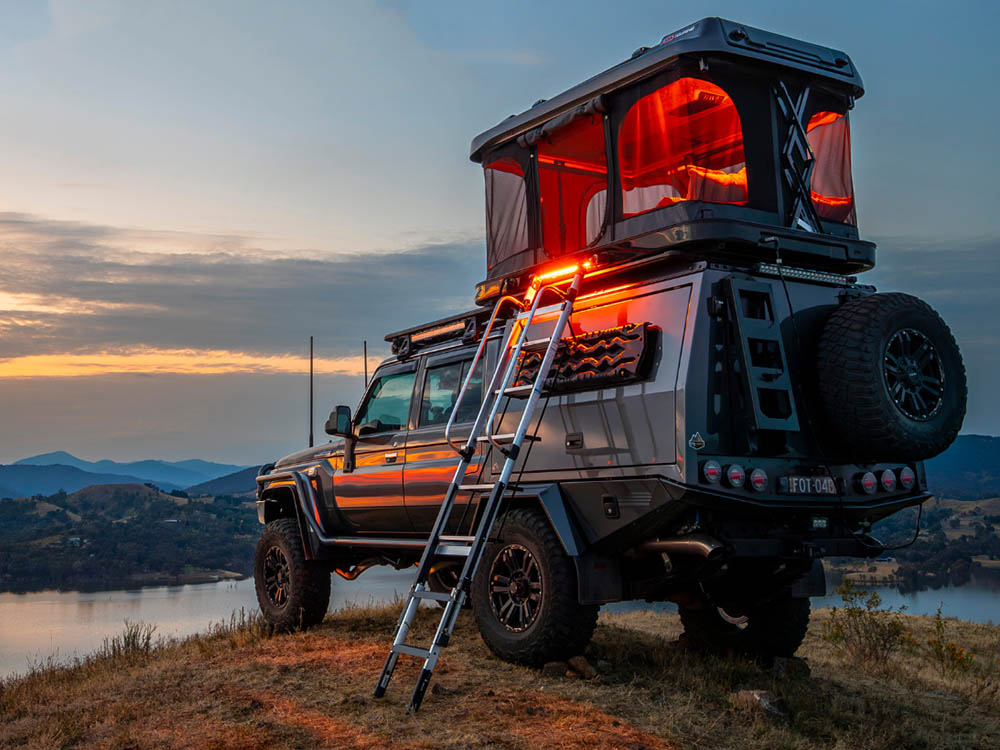Quick Take: The newly redesigned Ascent sleeping bag from Sea to Summit provides a great balance between a fully-performance focused sleeping bag and comfort when camping out of your rig. With the ability to provide a comfortable nights sleep across a wide temperature range it can easily be your only sleeping bag for three-season camping.
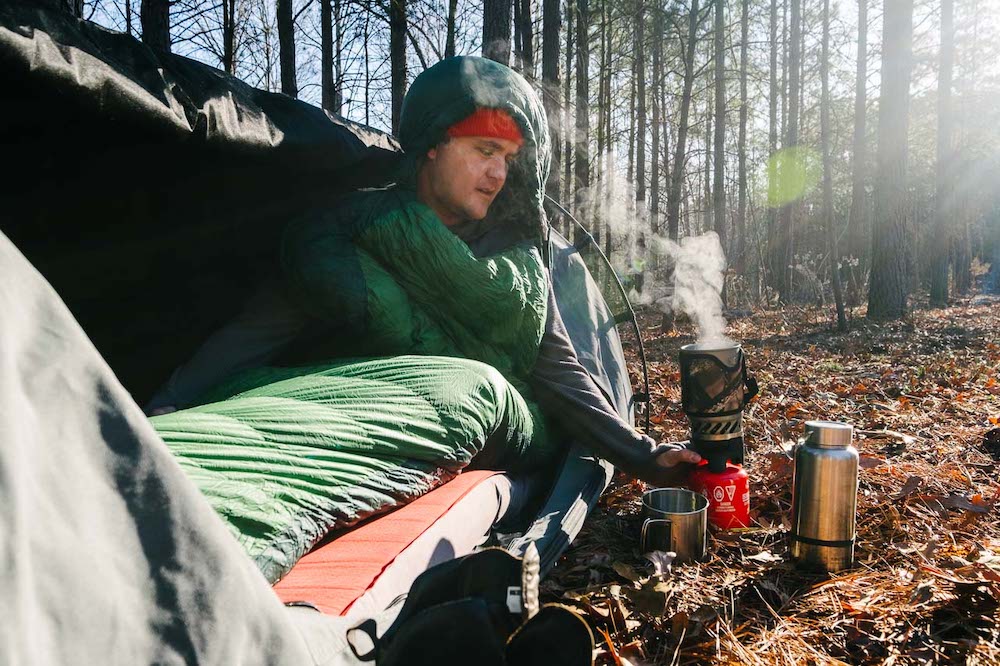
Photo by Logan Patton
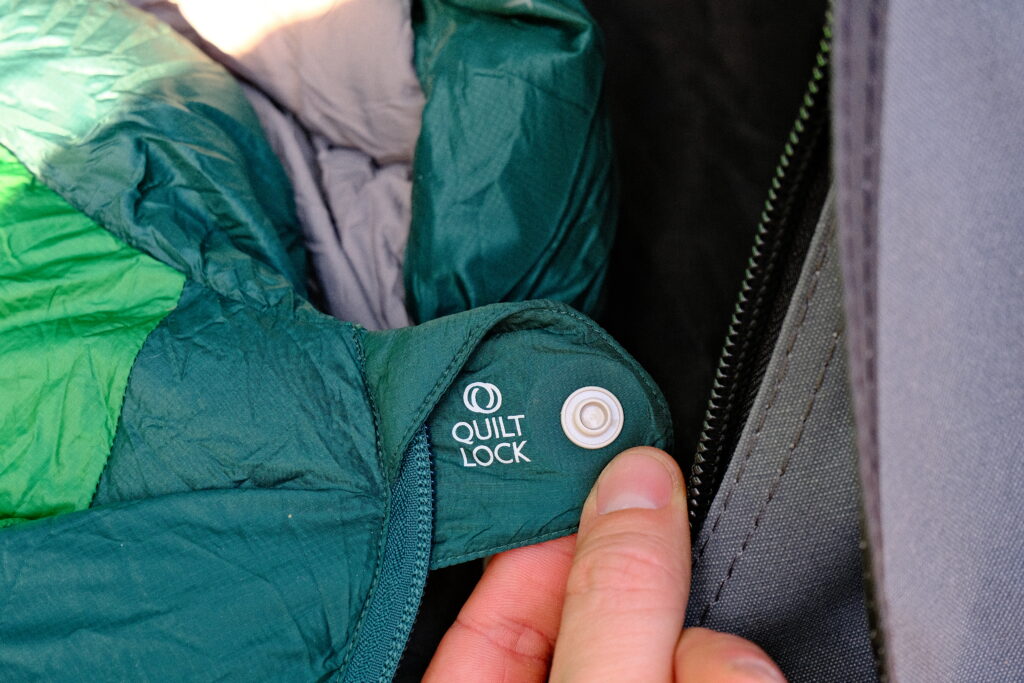
Photo by Rick Stowe
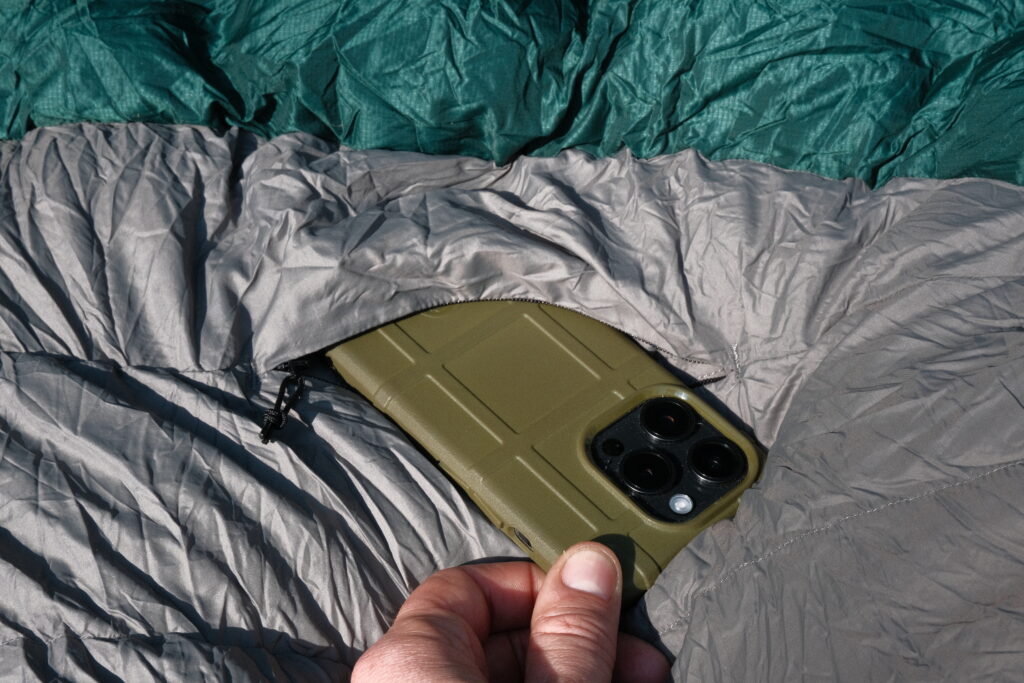
Photo by Rick Stowe
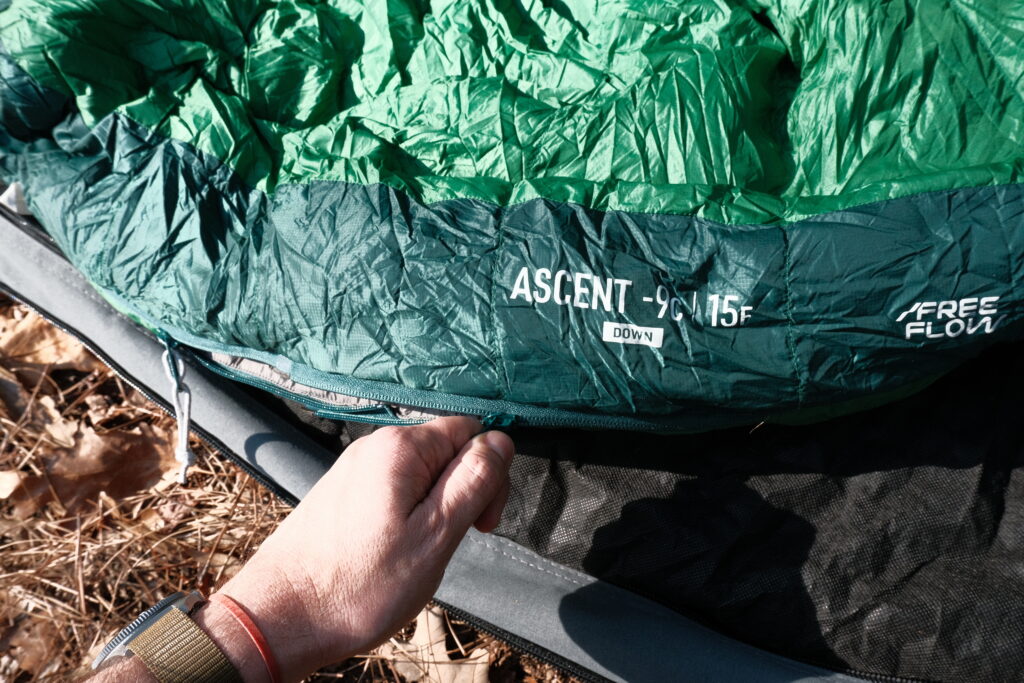
Photo by Rick Stowe
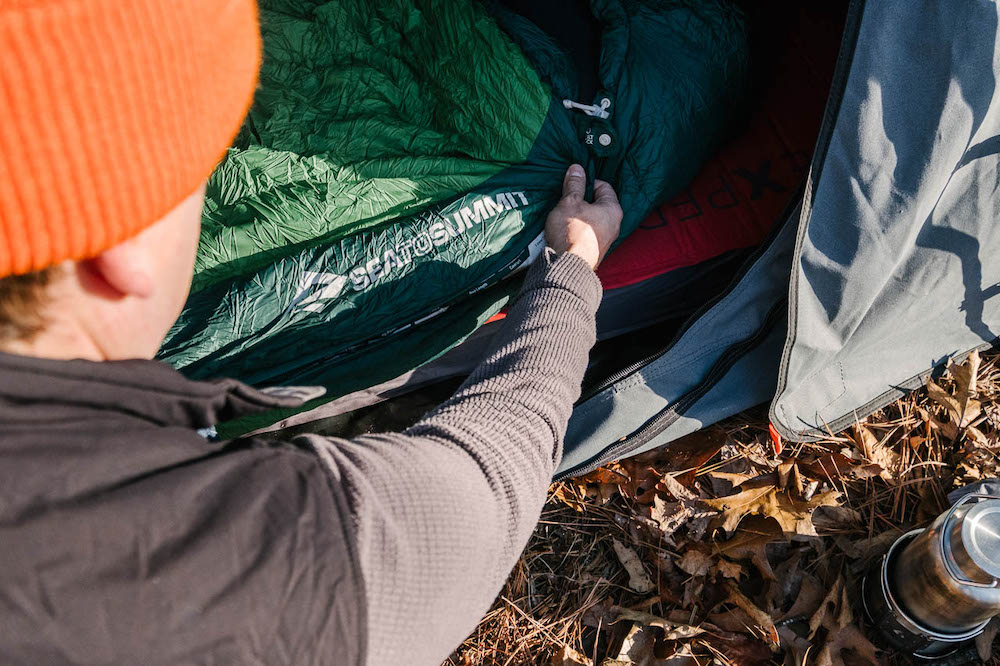
Photo by Logan Patton
Few things ruin a trip, like a bad night’s sleep. And the only thing worse than that is multiple nights without quality rest. A dependable sleeping bag is imperative for quality time in the backcountry, and the Ascent from Sea to Summit has been freshly redesigned to ensure you’re warm and well-rested while out adventuring. Available in both 30-degree Fahrenheit and 15-degree F models, the Ascent is packed with features that all stem from Sea to Summit’s 40-plus years of experience designing high-performance outdoor gear across a range of categories.
READ MORE: Industry Spotlight: Winnebago Revel
The basis of any good sleeping bag is the fill, and the Ascent features Ultra-Dry Down 750+ loft. Down provides an incredible warmth-to-weight ratio, and it’s packable, but historically, a down bag has been extremely vulnerable to moisture. The Ultra-Dry Down is a PFC-free water-repellant applied to the down in the Ascent and all down bags in the Sea to Summit line. It allows the down to retain over 60% more loft, absorb 30% less moisture, and dry 60% faster than untreated down. Simply put, Ultra-Dry Down insulates better, even in damp conditions. The shell and lining are made of recycled 20 Denier Nylon and shrug off moisture with ease.
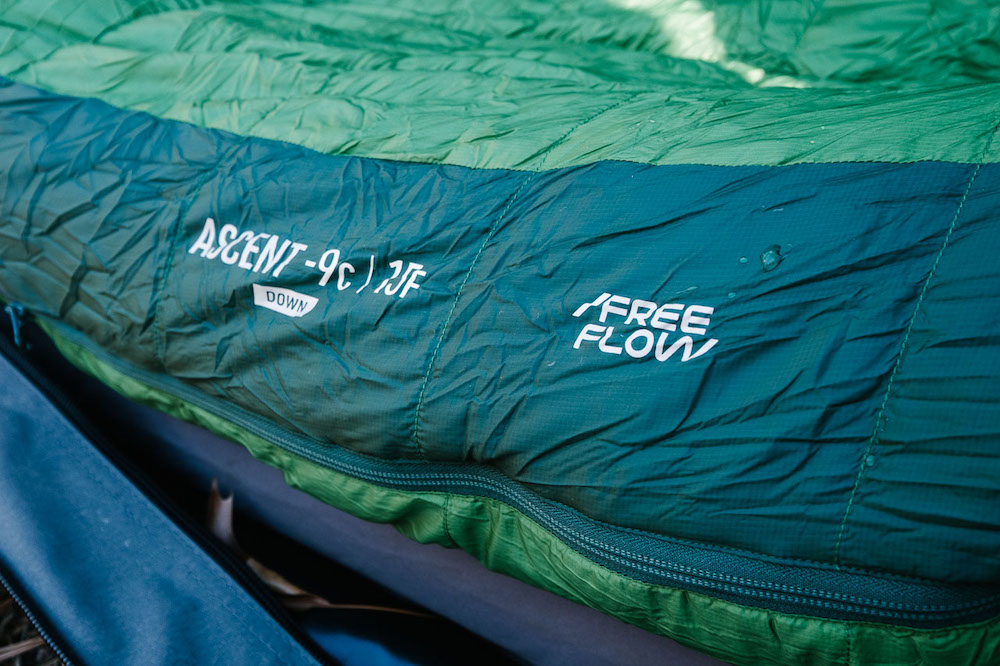
While I hope to never see the down-fill of the bag, I was immediately impressed with the unique zipper layout of the Ascent. Dubbed the Free Flow Zip System, three individual zippers allow for a wide range of adjustment in terms of airflow while using the sleeping bag. The Ascent features the traditional side zip, plus an independent foot box zipper. Then, on the opposite side, a half-length zipper provides additional venting options. While these zippers are handy for dialing in the ideal level of insulation as temperatures shift throughout the night, I found myself also using them to get the morning coffee going without getting out of my bag. Reversible zippers and top snaps make it easy to stick your arms out of the bag without losing the warmth around your core.
I really appreciate that Sea to Summit sized the Ascent as a Relaxed Mummy fit. While I appreciate the warming efficiency of true mummy bags, I toss and turn throughout the night. With other bags, it’s not uncommon to wake up and find that I’ve twisted the sleeping bag into a constricting mess, swapping from one side to the other while sleeping. With the Ascent, I have zero issues moving around without feeling like it’s too roomy to stay warm at lower temps. The same can be said of the hood. It easily fit my camp pillow and stayed in place throughout the night.
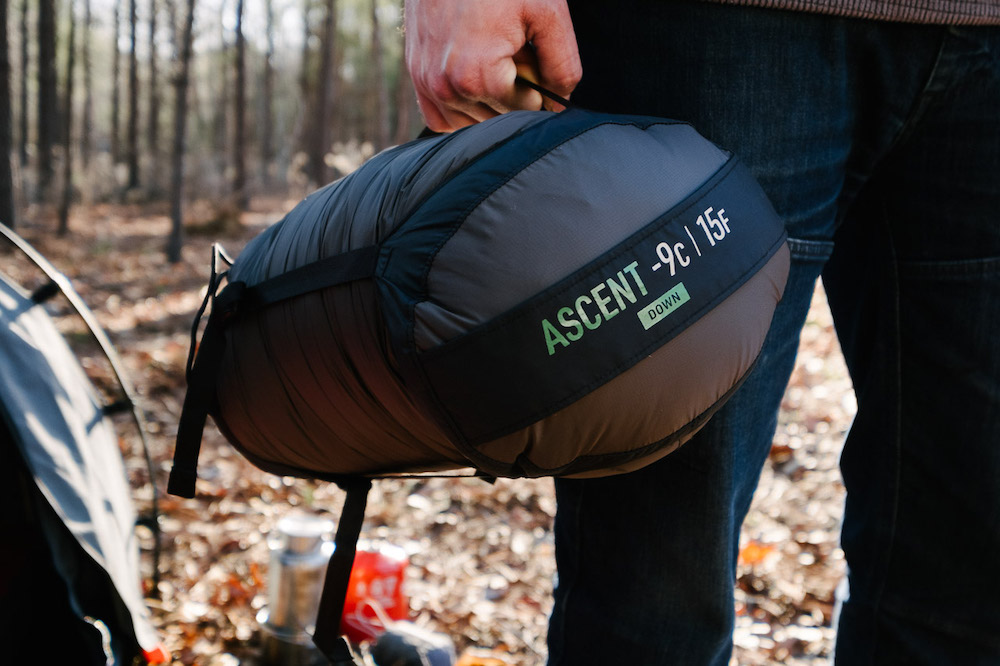
Sea to Summit provides both comfort and lower limit ratings on their spec sheets, and while I wasn’t able to get out for any nights that pushed the 15-degree rating of the test bag, I have no doubt that an 18-degree Fahrenheit lower limit for this bag would ring true. I spent a couple of nights in the low 30-range that also happened to be very damp, and I rarely zipped the sleeping bag all of the way up except for right before dawn.
If you need a bag that can go lower than 15 degrees F, or you want to build out a sleep system that will cover you across a wide range of temperatures, then the Ascent should definitely be on your radar. It’s a part of Sea to Summit’s Quilt Lock system. Utilizing snaps at the top and bottom of the bag you can connect a Sea to Summit quilt to the Ascent to push the comfort rating into a lower temperature range.
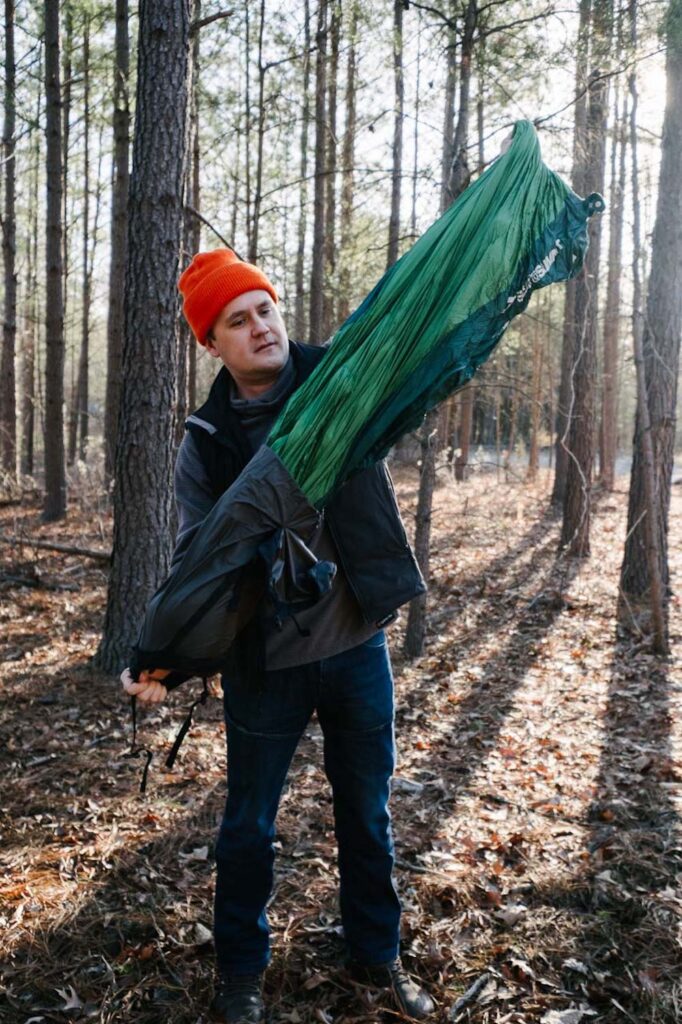
What to know:
- Temperature Rating | Comfort rating 38 degrees F, Lower Limit 28 degrees F
- Max User Height | Regular: 72.9 inches, Long: 78 inches
- Weight |Regular 15-degree: 36 ounces, Long 15-degree: 40.8 ounces
- Packed Size | 13 liters
- Price | As tested, $469.00
